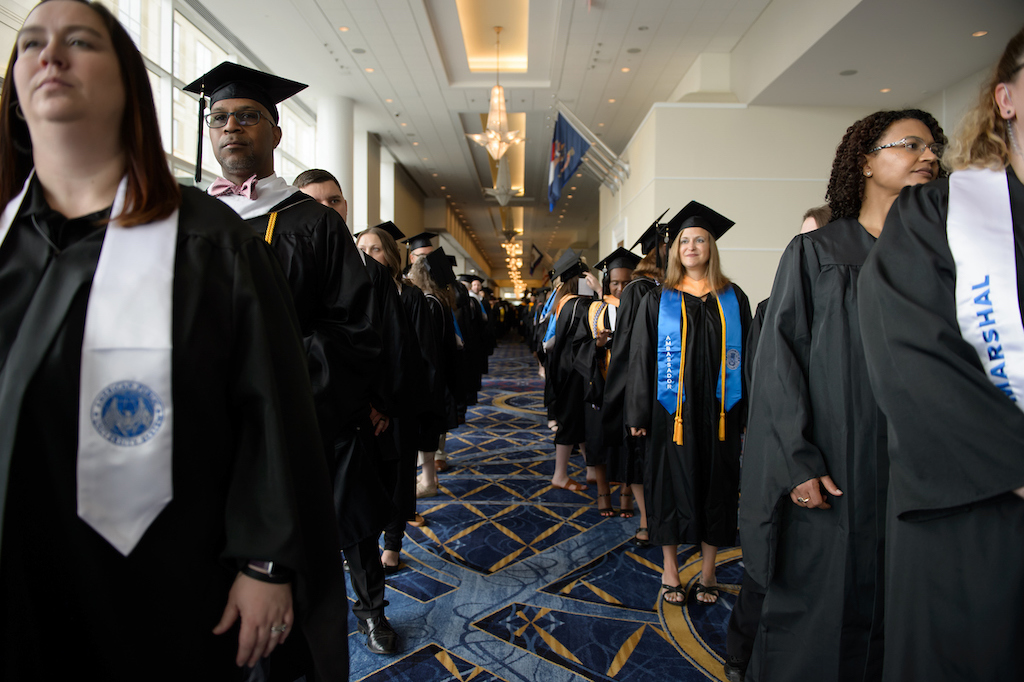Many years ago, I was a consultant in the management advisory services division at Price Waterhouse. With experience using computer modeling software from my MBA curriculum, I was assigned to a number of engagements building financial projections for businesses, large and small.
Probably the most frequently requested assignment was building a three- to five-year set of projections to be used in the companies’ strategic plans or for their banks and other sources of capital for growth funding. One of my most unique assignments was building financial projections for a horse farm that syndicated racehorses in dozens of partnerships. Another fairly unique assignment was spending 24 hours in a data room with a client’s CEO, building a model using historical financials from 18 supermarkets being auctioned one by one to the highest bidder.
Regardless of the assignment, I learned that the most important set of numbers wasn’t the final set of financial projections. Instead, it was the assumptions that drove those numbers.
Just about any experienced accountant could build a projection using inflation factors for expenses and growth factors for sales. Understanding and validating projections, particularly in a business planning a pivot or a merger, was often more complicated.
Colleges and universities are businesses too, although there are some politicians, writers, and academics who try their best to overlook or deny that fact. Often, I read that the measure of a college’s success should be a high graduation rate.
Not surprisingly, the 95 percent graduation rates of elite colleges and universities are cited as the aspirational target for all other colleges. Colleges with graduation rates below 50 percent are often referred to as “substandard” and not meeting the needs of their students. However, comparing the student population at a highly selective college or university to the student population at an open enrollment college is not an apples-to-apples comparison, and I am not specifically referring to the respective students’ high school GPAs or SAT/ACT scores.
A year or so ago, I signed a transfer agreement with a community college with a student population of 60,000. When the president and I reviewed the details of which students might be likely to transfer, I was told that only 12,000 students were seeking a two-year degree. The rest were either taking non-credit courses or were enrolled in certificate programs or workforce development programs.
Of the 12,000 students at that college who were seeking an associate degree, I was told that approximately 2,500-2,800 would graduate. When I asked what happened to the others, there were a number of answers:
- Some of the degree-seeking students transferred to the state university after proving to themselves and their parents that they could succeed in college classes.
- Some transferred because they changed their mind on their major, and the college did not offer that program.
- Some dropped out due to work obligations.
- Some dropped out due to family obligations.
- Some dropped out due to financial issues.
- Some dropped out due to medical issues.
- Some flunked out.
- Some switched over to a certificate program.
- Some moved out of the area.
- Some dropped out due to commuting issues.
If I were building a model to project college enrollment, persistence, and graduate rates, I would undoubtedly use different assumptions for the student body at a highly selective college or university than I would at an open enrollment college or university.
Critics of institutions with graduation rates that are less than 50 percent should ask the institutions why their students aren’t graduating. Of the multiple reasons that I listed previously, only a handful are within the college’s ability to control. A “free community college” initiative will not resolve most of these problems and may not, depending on the structure, resolve all of the financial issues.
All colleges and universities are businesses. I don’t doubt for a minute that presidents and CFOs of community colleges and open enrollment institutions are far more knowledgeable about the nuances of their students’ persistence and graduation rates than critics looking at a single number tracked and published by the Department of Education. If our goal is a better understanding of why students don’t graduate, why not ask those who know?











